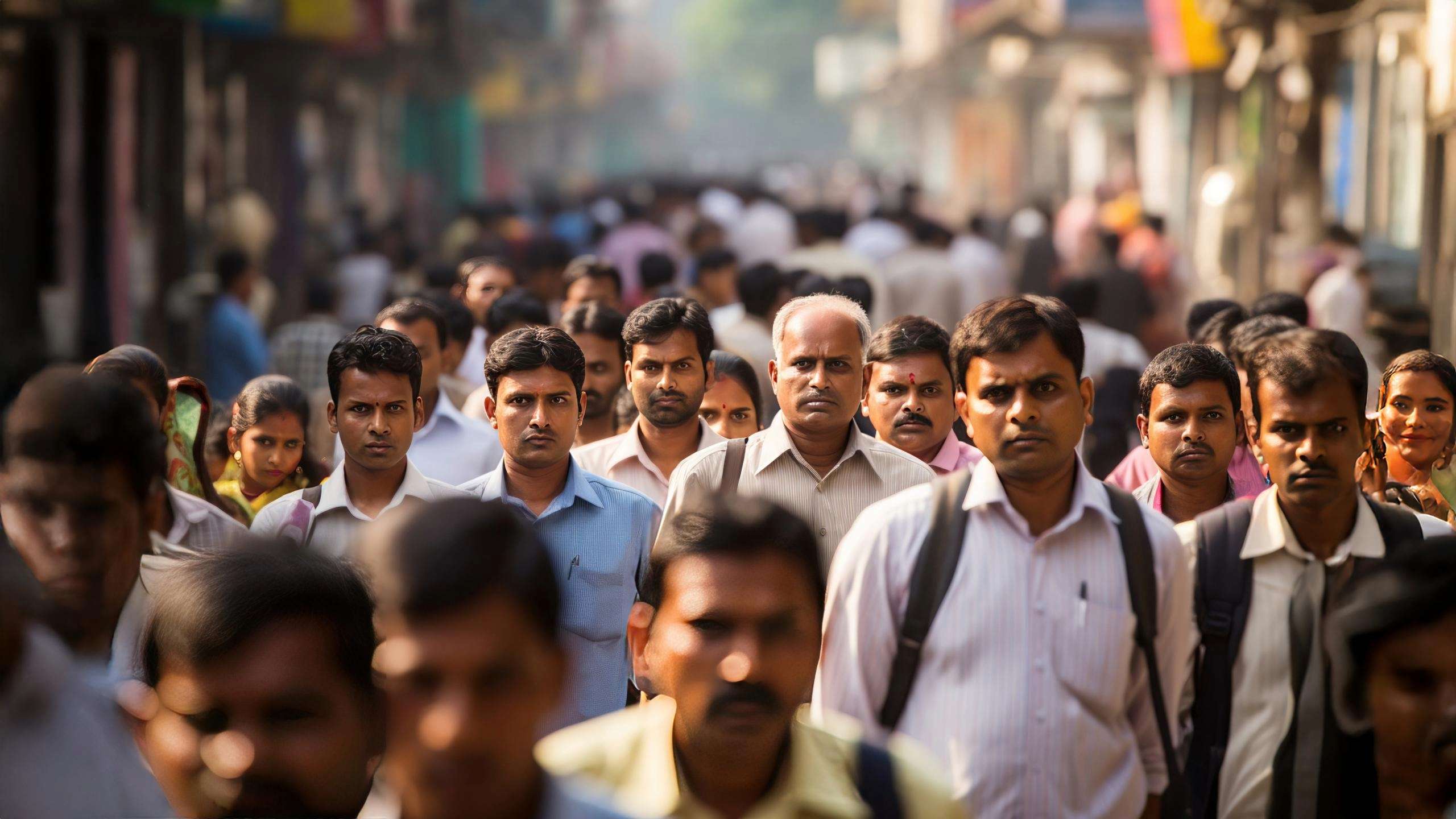The Problem of Caste Census
- Polarization Risk: A caste census could deepen social divisions if the data is used for competitive identity politics rather than inclusive policymaking. In competition, all political parties will use this data for polarization.
- Perpetuation of Stereotypes: Categorizing populations primarily by caste could overshadow merit, individual identity, and progress.
- Strategic Vulnerability: A divided society might weaken internal cohesion, making the country vulnerable to external and internal threats. i.e., 3.5 Front war means, the War situation at the border with China, Pakistan, and Bangladesh and dealing with internal security threats like terrorism, Naxalism, and separatism in the northeast.
The solution is to census skilled, qualified, and experienced labor!
INDIA needs to conduct a census of Skilled, Qualified, and Experienced Labour and Prepare a “National Labor Card” for all kinds of laborers, including white-collar, blue-black caller, and pink-collar.
What happens, if we implement the above?
Conducting a census of skilled, qualified, and experienced labor across all sectors—white-collar, blue-collar, pink-collar, and even household workers—could be a transformative step for India. This approach would emphasize economic capabilities over social divisions and align with national goals like becoming a $10 trillion economy, achieving self-reliance (Atmanirbhar Bharat), and creating a robust labor market.
Benefits of Skills, Qualifications, and Experience in a Census
A. Workforce Optimization
- Skill Mapping: Identify the distribution of skills across regions, industries, and demographic groups.
- Better Resource Allocation: Target specific sectors for development or investment based on labor strengths and weaknesses.
- Workforce Mobility: Facilitate migration of workers to regions and industries with labor shortages.
B. Economic Growth
- Enhanced Productivity: Aligning jobs with skills improves efficiency and output.
- Global Competitiveness: Showcase India’s workforce potential to attract foreign investment and outsourcing opportunities.
- Sectoral Development: Support industries with high growth potential, such as manufacturing, IT, healthcare, and renewable energy.
C. Social Inclusion
- Empowering the Informal Sector: Bring blue-collar and household labor into formal systems, ensuring access to fair wages, benefits, and protections.
- Gender Equity: Highlight participation of women (pink-collar jobs) and address barriers to their employment.
- Uplifting Marginalized Groups: Use data to design inclusive skill development and employment policies.
D. Data-Driven Policy Making
- Education Reform: Revamp curricula to address skill gaps revealed by the census.
- Social Security Programs: Extend benefits to underrepresented and underpaid sectors.
- Future-Ready Workforce: Prepare for technological disruptions and industry transitions (e.g., green jobs, AI).
Vision for Viksit Bharat.
By focusing on a census that prioritizes capabilities over caste, India could:
- Emerge as the world’s largest pool of skilled labor.
- Achieve equitable growth by uplifting all sections of society.
- Realize its vision of becoming a developed, self-reliant nation before 2034.
A census of skilled, qualified, and experienced labor and a National Labor Card aligns with India’s vision of inclusive growth and economic empowerment. This initiative has the potential to formalize the workforce, bridge skill gaps, and propel the nation toward becoming a global economic superpower. It has the potential to unite the nation under a shared vision of progress while creating opportunities for all, ensuring sustainable development, and fostering national unity.

